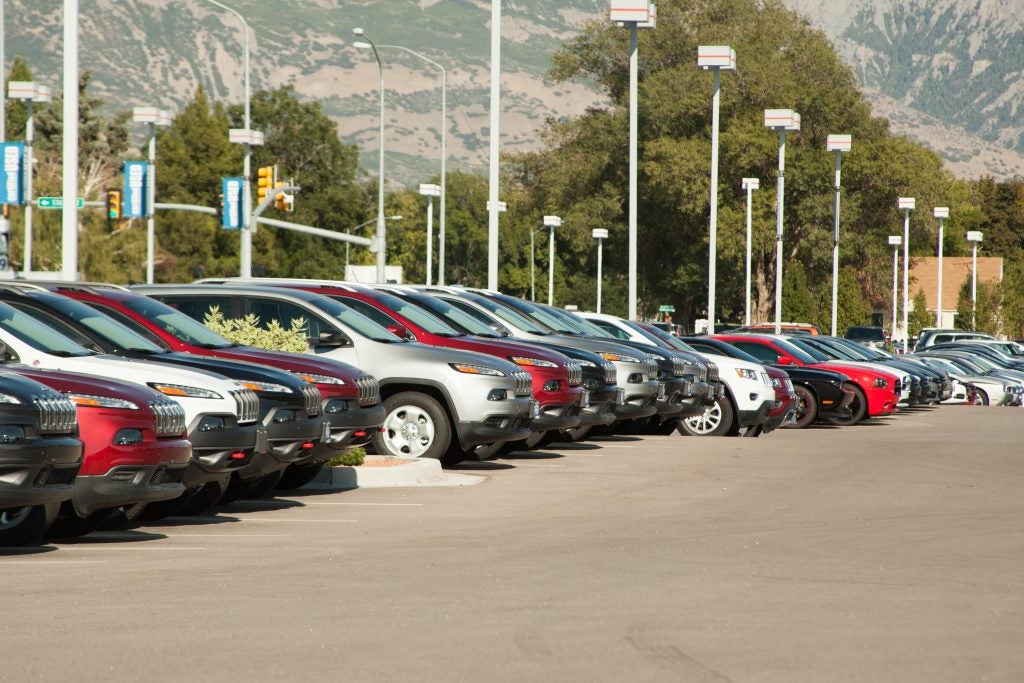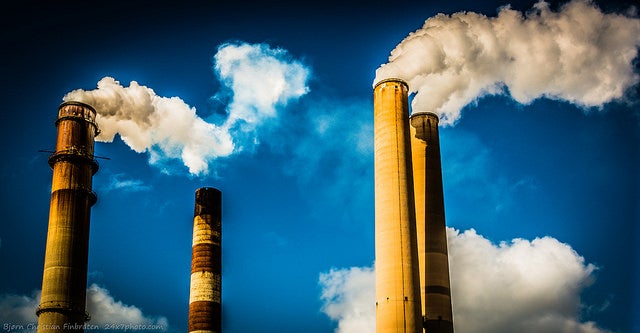 Acting EPA Administrator Andrew Wheeler is reportedly planning to all but abolish one of America’s most important climate protections: the Clean Power Plan, our only nation-wide limits on carbon pollution from existing power plants.
Acting EPA Administrator Andrew Wheeler is reportedly planning to all but abolish one of America’s most important climate protections: the Clean Power Plan, our only nation-wide limits on carbon pollution from existing power plants.
Though Wheeler might claim that he is offering a Clean Power Plan “replacement,” his reported plan would forfeit the tremendous benefits of the Clean Power Plan—and instead provide little to no reduction in climate pollution.
Even as impacts of climate change are ravaging our nation and world, the reported proposal would exacerbate the harms our families are facing—harms like severe heat waves, deadly wildfires, coastal flooding, and violent storms.
Astoundingly, Wheeler might issue this new proposal just weeks after his proposal to roll back America’s Clean Car Standards—a disastrous action that would increase climate pollution by over two billion tons through 2040, and cause owners of cars and trucks to pay as much as $8,000 more for gas over the lifetime of their vehicles.
If Wheeler finalizes these proposals, he would leave our families and communities more vulnerable than ever to the harmful impacts of climate change. And he would flout EPA’s clear legal obligation—upheld three times by the Supreme Court—to protect Americans from dangerous climate pollution. Read More










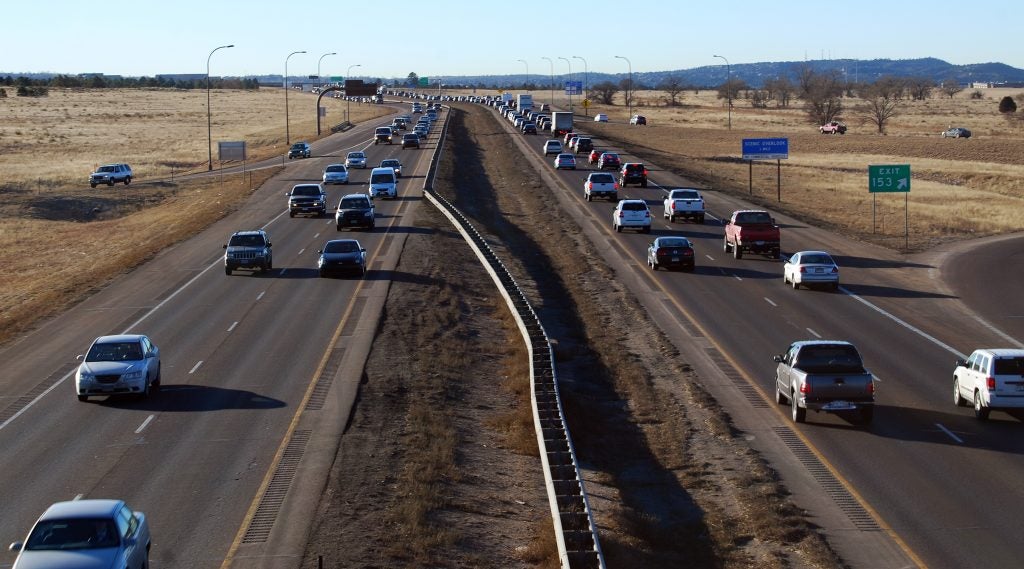
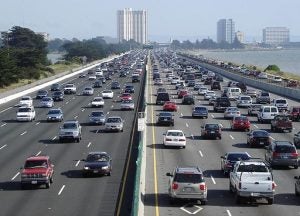 This post was written by EDF consultant Chester France, who served as a Senior Executive at EPA and led the development of vehicle standards at the agency
This post was written by EDF consultant Chester France, who served as a Senior Executive at EPA and led the development of vehicle standards at the agency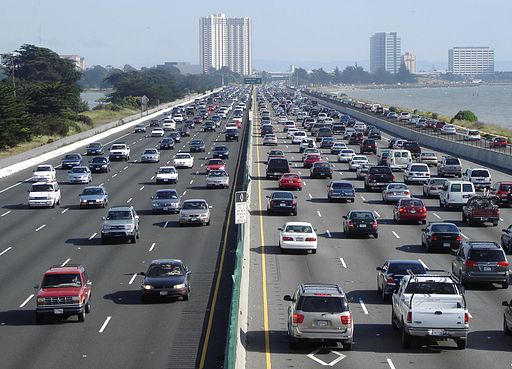 The latest rumblings indicate the Trump administration is poised to advance a proposal that would dramatically roll back America’s
The latest rumblings indicate the Trump administration is poised to advance a proposal that would dramatically roll back America’s 